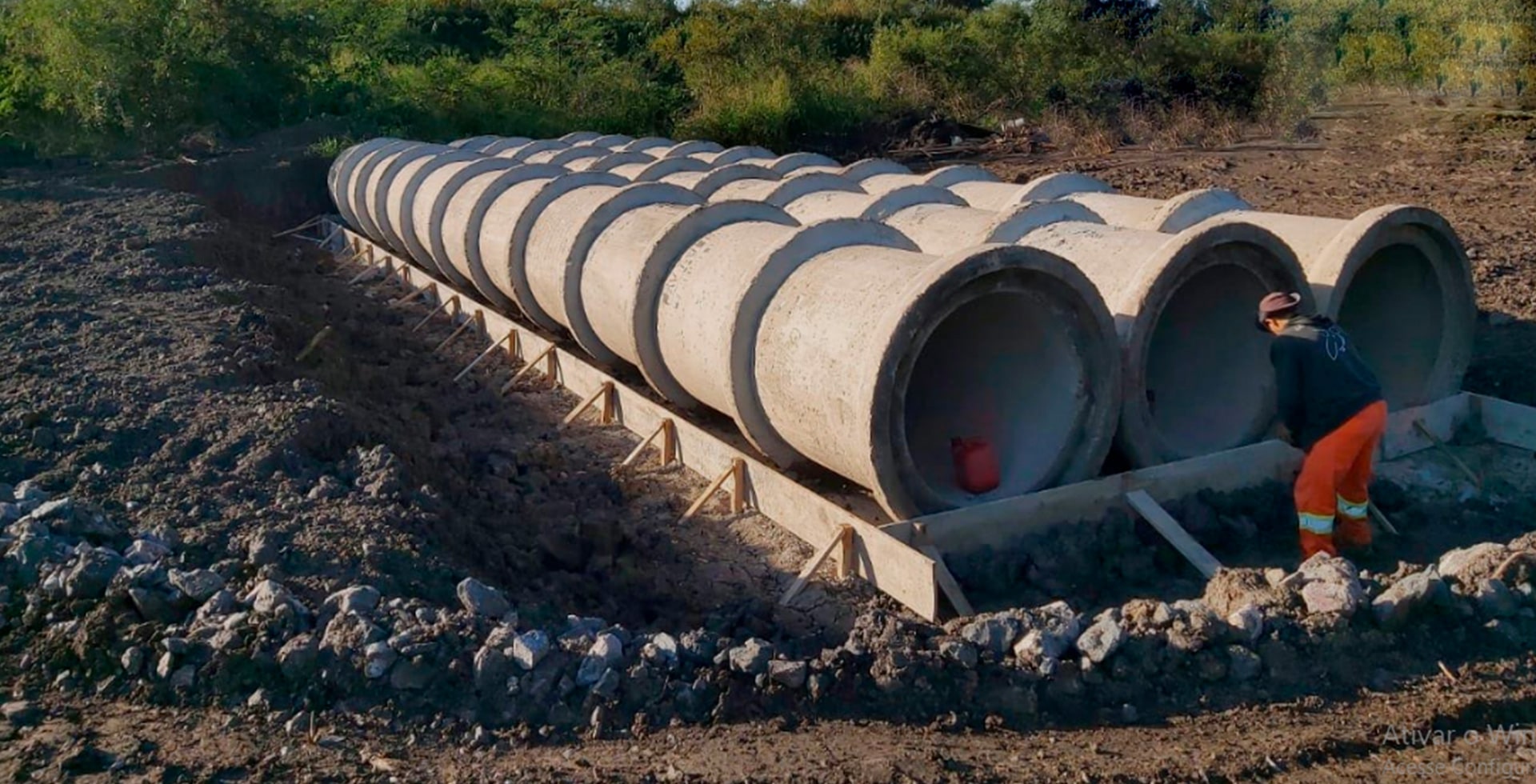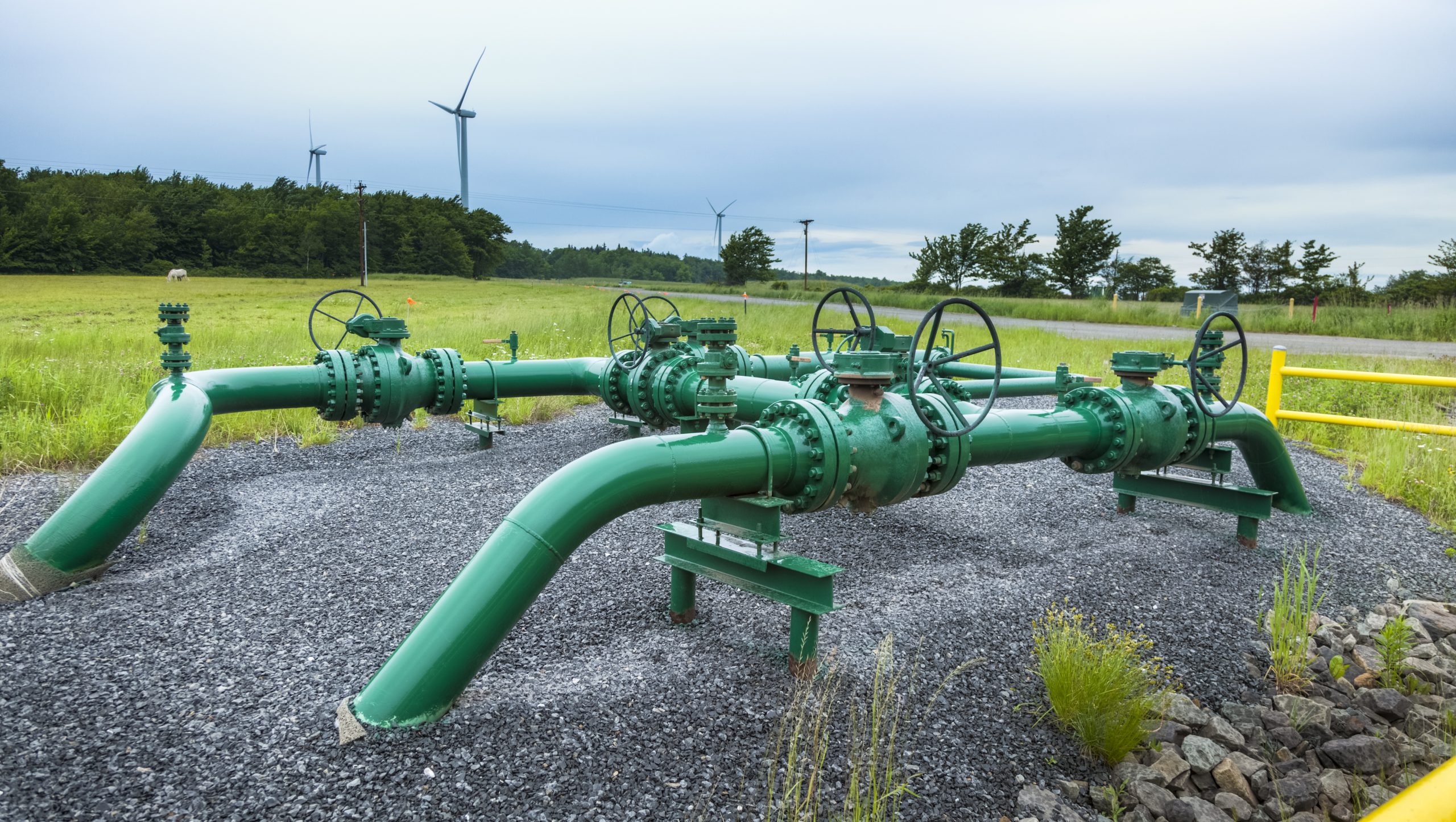Checking Out the most up to date Technologies in Pipeline Construction Providers for Modern Projects
The Pipeline Construction sector is undertaking considerable modifications. Developments such as wise materials and robotics are reshaping typical techniques. These improvements guarantee to enhance efficiency and safety. Additionally, AI innovations are enhancing task monitoring capacities. As these aspects converge, they elevate inquiries regarding their long-term effect on sustainability and price. Comprehending these developments is important for stakeholders looking to browse this developing landscape. What implications do they hold for future projects?
The Surge of Smart Materials in Pipeline Construction
As the demand for more reliable and sustainable Pipeline systems enhances, the assimilation of wise materials has actually become a transformative solution in Pipeline Construction. These sophisticated materials have unique homes that enhance the efficiency and longevity of pipes. For example, self-healing polymers can automatically repair small leaks, substantially decreasing upkeep expenses and downtime. Furthermore, products embedded with sensors can keep an eye on architectural integrity and environmental problems, permitting real-time data collection and analysis.
Clever materials are corrosion-resistant and often lightweight, which not only simplifies setup however also prolongs the life expectancy of the systems. Their flexibility enables pipelines to stand up to severe ecological conditions, promoting security and integrity. As industries progressively focus on sustainability, using environment-friendly smart materials adds to reduced environmental influence. On the whole, the rise of smart materials notes a notable shift in Pipeline Construction, leading the way for cutting-edge solutions to fulfill modern facilities needs.
Improvements in Robotics for Installation and Upkeep
The assimilation of clever products in Pipeline Construction is matched by developments in robotics, which are transforming installation and maintenance procedures. Robot innovations, such as automated welding systems and drones, improve efficiency and precision, reducing human error and decreasing safety threats. These robotics can run in difficult atmospheres, making certain that installations are conducted in remote or dangerous areas without placing workers at danger.
Moreover, robotic examination tools furnished with innovative sensing units offer real-time data on Pipeline integrity, permitting for aggressive upkeep. They can identify leaks or structural weak points, making it possible for prompt treatments that extend the life-span of Pipeline systems. Using robotics not just increases the Construction timeline but also maximizes source appropriation, causing set you back savings. As these modern technologies remain to progress, they are readied to play an essential role in forming the future of Pipeline Construction, guaranteeing integrity and sustainability in framework advancement.
AI-Driven Job Management Equipment Transforming Process
AI-driven project management devices are reshaping workflows in Pipeline Construction by boosting decision-making processes with better access to real-time data analytics. These tools make it possible for groups to react swiftly to job developments, consequently raising performance. In addition, structured interaction channels foster cooperation among stakeholders, further enhancing task end results.
Enhanced Decision-Making Processes

Real-Time Data Analytics
Utilizing real-time data analytics, modern project management devices revolutionize workflow in Pipeline Construction. These innovative devices utilize expert system to give instantaneous insights right into task efficiency, resource allotment, and potential risks. By continually monitoring vital performance indicators, teams can promptly adjust to altering conditions, optimizing labor and products use. The combination of real-time data enables even more educated decision-making, decreasing delays and decreasing prices. On top of that, predictive analytics can recognize fads and projection difficulties before they rise, improving overall project performance. Therefore, Pipeline Construction companies that take on these AI-driven devices can improve task timelines and results, ensuring they continue to be competitive in a significantly intricate market landscape. This development notes a substantial shift toward data-centric monitoring methods.
Structured Communication Channels
Effective communication is extremely important in Pipeline Construction, where countless stakeholders have to work together seamlessly to ensure task success. The introduction of AI-driven task management devices has reinvented interaction channels within the sector. These tools promote real-time information sharing, permitting teams to accessibility updates, share papers, and track progression efficiently. By automating regular jobs and offering a central system for communication, these developments get rid of misconceptions and decrease hold-ups. Enhanced exposure right into task timelines and resource allotment cultivates liability among team participants. In addition, AI analytics can identify prospective communication spaces, guaranteeing positive analytic. Inevitably, streamlined communication channels not only improve process but also raise total task performance, allowing Pipeline Construction companies to meet modern-day needs successfully.
Improved Safety Protocols Through Modern Technology Integration
The integration of technology in Pipeline Construction has resulted in improved safety protocols. Real-time monitoring systems, wearable safety and security devices, and automated risk analyses are currently essential components in minimizing hazards on work websites. These advancements not just enhance worker safety yet additionally simplify compliance with industry laws.
Real-Time Surveillance Solutions
Exactly how can real-time monitoring systems change Pipeline Construction safety and security procedures? By integrating advanced modern technology, these systems give constant monitoring of Construction activities, guaranteeing immediate detection of possible threats. Sensors and cameras can monitor environmental problems, tools performance, and workforce motions, providing essential data in actual time. This aggressive strategy allows task supervisors to identify risks prior to they intensify, greatly improving safety actions on-site. On top of that, real-time tracking facilitates conformity with regulative requirements, making sure that security standards are fulfilled continually. The capacity to examine information instantly sustains enlightened decision-making, making it possible for timely interventions. Consequently, Pipeline Construction projects can operate much more successfully while guarding the well-being of workers and decreasing crashes, thereby reinventing the sector's safety and security landscape.
Wearable Safety Instruments
Often, wearable safety and security devices are being incorporated into Pipeline Construction to improve safety and security procedures. These cutting-edge tools, including wise headgears, vests, and wristbands, are developed to monitor worker wellness and environmental problems in real-time. Geared up with sensing units, these devices see can identify dangers such as harmful gas exposure, extreme warm, or high noise degrees, providing prompt informs to workers and supervisors. Furthermore, wearable innovation commonly includes general practitioner monitoring features, enabling effective area tracking of personnel on-site. This capacity not just aids in fast feedback during emergency situations but likewise improves total task monitoring. By focusing on employee security through technology integration, Pipeline Construction companies are making substantial strides in reducing crashes and advertising a society of security within the market.

Automated Threat Evaluations
While traditional danger analyses typically count on manual assessments, the assimilation of automated risk evaluation internet technologies is transforming security methods in Pipeline Construction. These advanced systems utilize data analytics, man-made knowledge, and equipment knowing to determine possible hazards a lot more precisely and successfully. By continually keeping track of environmental conditions, devices standing, and employee actions, automated analyses provide real-time insights that enhance decision-making. This proactive approach reduces the possibility of accidents and improves compliance with safety regulations. Additionally, automated risk assessments can be updated quickly, ensuring that all stakeholders have accessibility to the most recent info. As a result, Pipeline Construction jobs gain from a much safer workplace, lessening disturbances and fostering a culture of security through innovation combination.
Lasting Practices in Pipeline Construction
As the need for power infrastructure climbs, the Pipeline Construction market progressively focuses on lasting methods that minimize environmental impact. Companies are adopting green materials and innovative Construction methods to reduce their carbon impact. For example, making use of trenchless technology enables Pipeline installation with marginal interruption to the surrounding setting, protecting all-natural habitats and lowering soil disintegration.
Additionally, the implementation of renewable power resources, such as solar or wind, to power Construction activities is gaining grip. This change not only lowers dependence on nonrenewable fuel sources however additionally enhances the general sustainability of Pipeline tasks. Efficient waste administration methods, consisting of reusing and recycling products, are coming to be criterion in the sector.
Real-Time Surveillance and Anticipating Upkeep Solutions
The change in the direction of lasting techniques in Pipeline Construction has actually led the means for the integration of real-time monitoring and predictive maintenance solutions. These innovations take advantage of progressed information and sensing units analytics to continually assess Pipeline stability and operational effectiveness. By collecting data in real time, drivers can spot anomalies such as leaks or pressure drops prior to they rise right into significant issues. This proactive approach not only minimizes ecological threats however likewise minimizes downtime and upkeep expenses.
Predictive maintenance utilizes algorithms to forecast prospective failures based upon historic data and existing performance metrics. This allows prompt treatments, maximizing maintenance routines and resource allowance. In general, real-time tracking and predictive upkeep options represent a substantial innovation in Pipeline Construction, improving safety and integrity while supporting sustainability objectives. As markets remain to accept these innovations, the functional landscape of Pipeline management is readied to advance considerably, guaranteeing lasting feasibility and efficiency.
The Function of Drones in Surveying and Examination
Drones have become transformative devices in the surveying and examination of pipelines, offering improved efficiency and precision. Their capability to capture high-resolution photos and videos from numerous angles permits thorough evaluations of Pipeline integrity without visit this website taking the chance of human security. Equipped with sophisticated sensors and thermal imaging abilities, drones can detect leaks, corrosion, and structural abnormalities that may not be noticeable to the nude eye.
Furthermore, the deployment of drones substantially lowers assessment time, enabling quicker decision-making for repair and maintenance. This performance equates to cost savings and marginal disturbance to bordering settings. Drones can also access hard-to-reach areas, such as raised frameworks or tough surfaces, additionally broadening the range of assessments.
As the Pipeline market proceeds to accept technological improvements, the combination of drones into surveying and evaluation processes is expected to grow, setting new standards for operational excellence and safety in Pipeline Construction services.
Regularly Asked Inquiries
What Are the Prices Linked With Modern Pipeline Construction Innovations?
The prices connected with contemporary Pipeline Construction advancements commonly include innovative products, specialized labor, and innovative innovation. These factors add to greater preliminary investment, but can cause long-lasting savings via enhanced effectiveness and reduced upkeep requirements.
Exactly How Do Regulatory Modifications Impact Pipeline Construction Technologies?
Regulative adjustments significantly influence Pipeline Construction innovations by demanding the adoption of much safer, a lot more effective techniques. Conformity needs commonly drive innovation, bring about improvements in products, design, and Construction techniques that enhance overall project sustainability and safety and security.
What Skills Are Required for Professions in Advanced Pipeline Construction?

Professions in innovative Pipeline Construction require experience in engineering concepts, task management, safety and security protocols, and environmental policies. Furthermore, abilities in technology integration, team effort, and analytic are important for going across the intricacies of modern facilities tasks.
How Can Firms Make Certain Conformity With Environmental Criteria?
To ensure conformity with ecological standards, business must apply rigorous training programs, carry out normal audits, and take on ideal practices in sustainability. Engaging with stakeholders and checking governing changes even more enhances their commitment to ecological stewardship.

What Are the Key Difficulties Encountering Pipeline Construction Today?
The crucial difficulties facing Pipeline Construction today include regulatory compliance, environmental problems, fluctuating product prices, labor lacks, and the requirement for innovative modern technology combination (Pipeline Construction Services). These factors make complex task timelines and overall effectiveness in the industry
As the demand for extra effective and lasting Pipeline systems raises, the combination of clever materials has actually emerged as a transformative solution in Pipeline Construction. AI-driven task management tools are reshaping workflows in Pipeline Construction by improving decision-making procedures via better access to real-time data analytics. While project administration in Pipeline Construction has actually traditionally relied on hands-on processes, the combination of innovative devices considerably improves decision-making capacities. Utilizing real-time data analytics, modern-day project management tools change workflow in Pipeline Construction. Professions in sophisticated Pipeline Construction need proficiency in engineering principles, project administration, security methods, and environmental regulations.